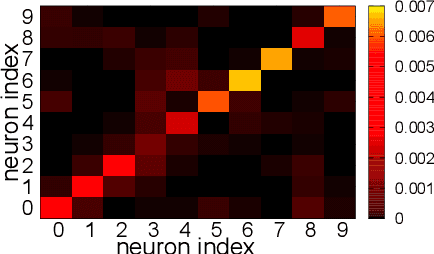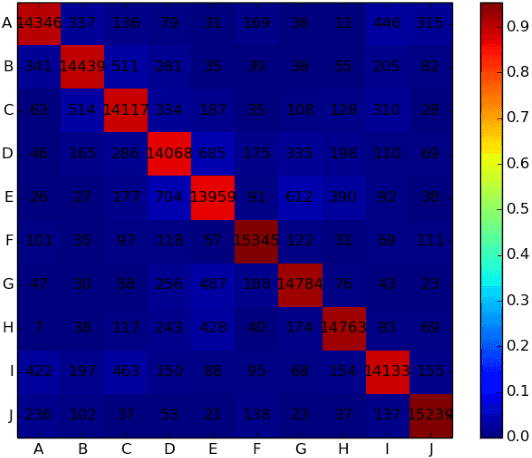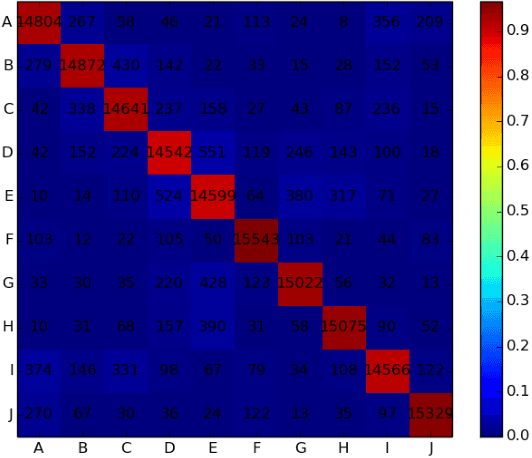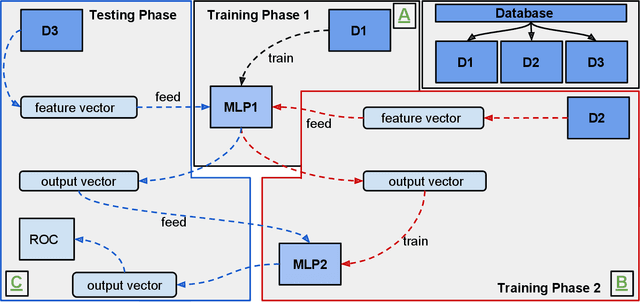Uwe Handmann
Flowers, ENSTA ParisTech U2IS/RV
A simple technique for improving multi-class classification with neural networks
Jan 06, 2016



Abstract:We present a novel method to perform multi-class pattern classification with neural networks and test it on a challenging 3D hand gesture recognition problem. Our method consists of a standard one-against-all (OAA) classification, followed by another network layer classifying the resulting class scores, possibly augmented by the original raw input vector. This allows the network to disambiguate hard-to-separate classes as the distribution of class scores carries considerable information as well, and is in fact often used for assessing the confidence of a decision. We show that by this approach we are able to significantly boost our results, overall as well as for particular difficult cases, on the hard 10-class gesture classification task.
A pragmatic approach to multi-class classification
Jan 06, 2016



Abstract:We present a novel hierarchical approach to multi-class classification which is generic in that it can be applied to different classification models (e.g., support vector machines, perceptrons), and makes no explicit assumptions about the probabilistic structure of the problem as it is usually done in multi-class classification. By adding a cascade of additional classifiers, each of which receives the previous classifier's output in addition to regular input data, the approach harnesses unused information that manifests itself in the form of, e.g., correlations between predicted classes. Using multilayer perceptrons as a classification model, we demonstrate the validity of this approach by testing it on a complex ten-class 3D gesture recognition task.
 Add to Chrome
Add to Chrome Add to Firefox
Add to Firefox Add to Edge
Add to Edge